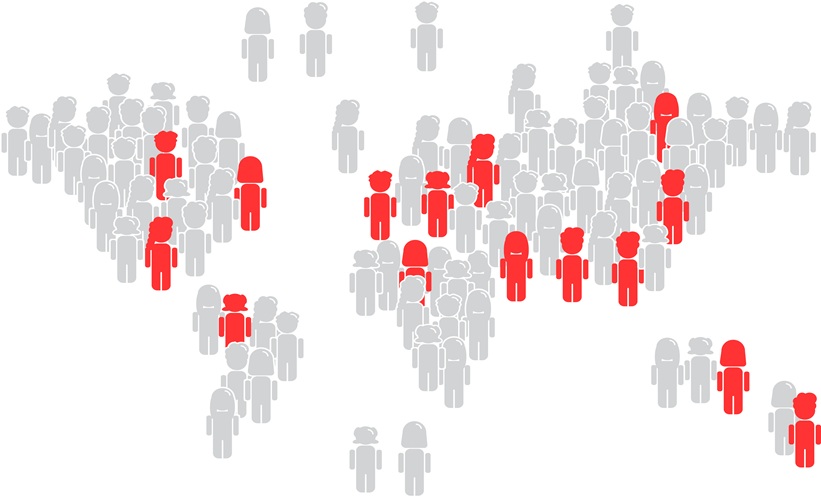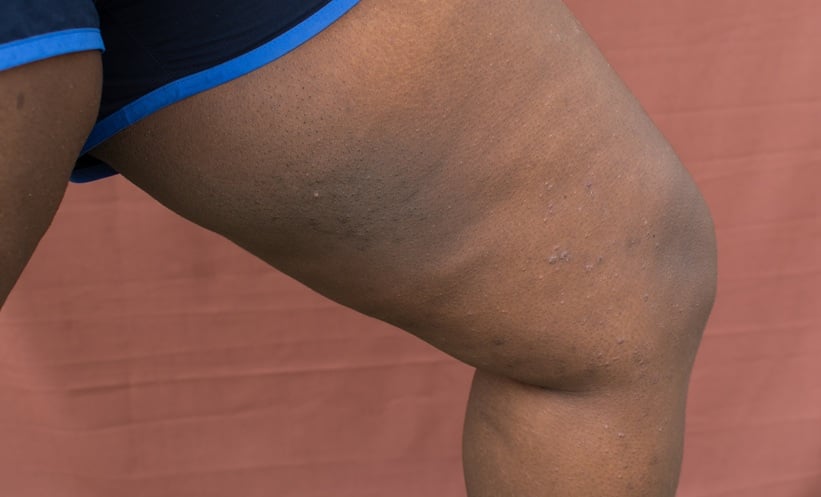THE ESTIMATED global prevalence of hidradenitis suppurativa (HS) surpasses previous global estimates, with substantial global variations, according to recent data. HS, a chronic inflammatory skin disease, represents a substantial burden and data on its global prevalence and associated sociodemographic and risk factors are lacking.
A meta-analysis was conducted to estimate the global prevalence of HS and analyse differences in prevalence by sex, age, BMI, smoking status, geographical location, gross domestic product (GDP), and Human Development Index (HDI). The primary outcome of the study was the point prevalence of HS, and secondary outcomes included differences in HS prevalence by sex, age, BMI, smoking status, GDP, and HDI. The analysis drew on studies conducted using the standardized Global Hidradenitis Suppurativa Atlas (GHiSA) methodology, with data finalised before May 19, 2023. To ensure consistency, only studies that employed population-based sampling and required clinical confirmation of HS following an initial screening questionnaire were included.
A total of 22,743 participants were included in the sample, 247 of whom had HS, across studies in 23 countries, with a median proportion of female patients with HS of 55.6% and median age of 34.5 years. There was considerable inconsistency in prevalence estimates (I2>75%; τ2=0.747; however, the overall random-effects global prevalence of HS was 0.99% (95% CI: 0.67–1.46%).
The team concluded that the global prevalence of HS, estimated between 0.67–1.46%, surpassed previous estimates, and that substantial global variations exist. Female sex was the only factor associated with HS prevalence. Further research is needed on environmental, genetic, and aetiological factors to explain the heterogeneity in prevalence.
Reference
Bouazzi D et al. Prevalence of hidradenitis suppurativa: a meta-analysis of global hidradenitis suppurativa atlas studies. JAMA Dermatol. 2025;e252373.







